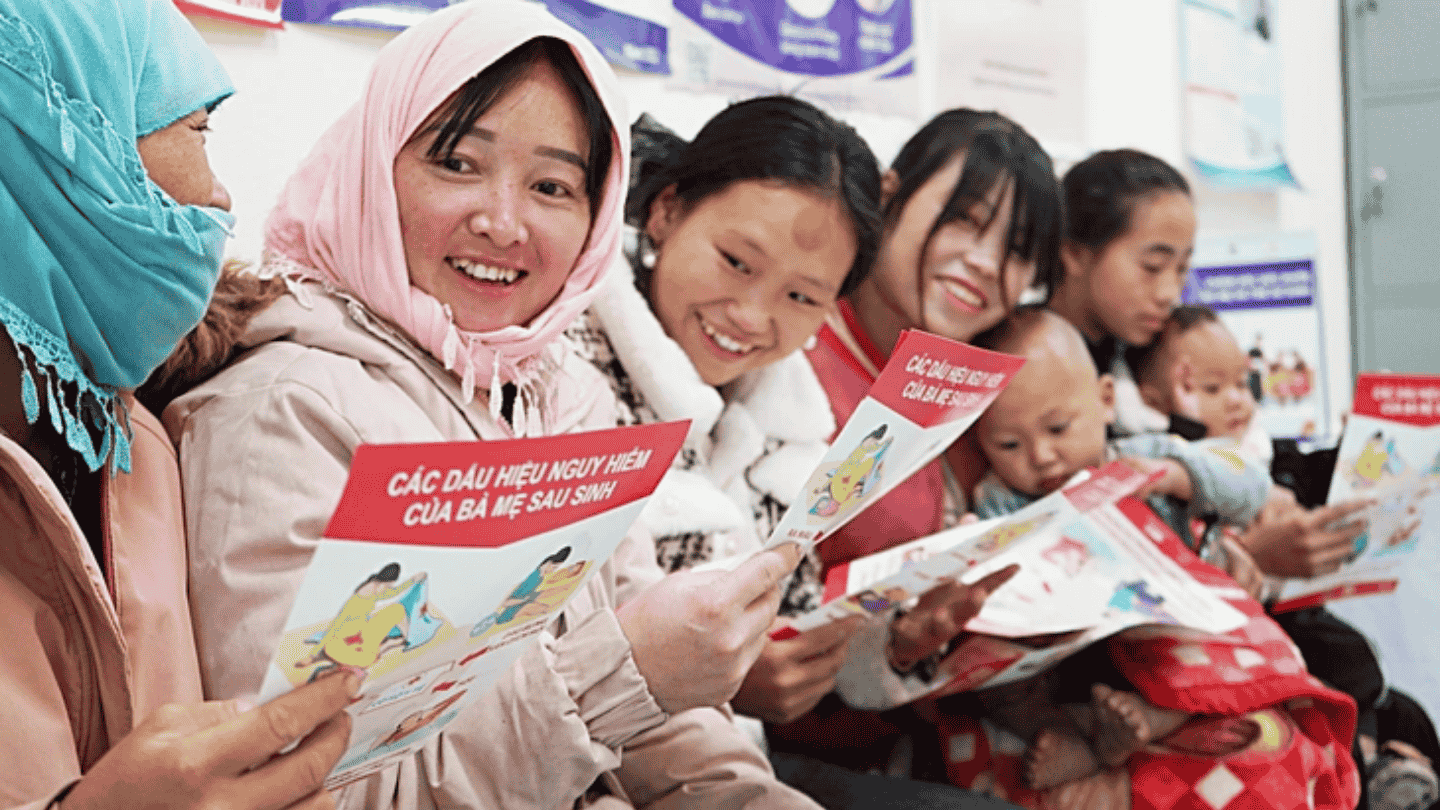Ms. Trần Thị Bích Loan (Deputy Director General of the Department of Maternal and Child Health, Ministry of Health):
More policies are needed to reduce maternal mortality
In reality, maternal mortality rates in special areas such as mountainous and ethnic minority regions—including 60 provinces under the project—remain high compared to the national average.
Moving forward, the Ministry of Health will focus on researching and improving institutional and policy frameworks for maternal and child healthcare, including preventive care during the pre-pregnancy, pregnancy, and postnatal periods.
In addition, the Ministry will focus on training, capacity building, technology transfer, and providing clear guidance from higher levels to grassroots health workers, aiming to enhance service quality.
The Ministry will also continue to implement national target programs that integrate relevant components, such as the National Target Program on Ethnic Minorities, socio-economic development in ethnic minority and mountainous regions, and the National Target Program on Poverty Reduction.
Funding remains a significant challenge in many localities, especially mountainous provinces, so continuous support for these projects is essential. Besides the state budget, financial and technical assistance from international organizations will be very helpful in creating better conditions for effective implementation. This is key to achieving the goal of reducing maternal, child, and neonatal mortality, especially in mountainous provinces.
Mr. Matt Jackson (UNFPA Representative in Viet Nam):
Innovative interventions to reduce maternal mortality in ethnic minority areas
In recent times, we have worked with various partners to implement the project “Leaving No One Behind: Innovative Interventions to Reduce Maternal Mortality in Ethnic Minority Areas in Viet Nam” across six provinces (Lai Châu, Sơn La, Bắc Kạn, Gia Lai, Kon Tum, and Đắk Nông).
Through the project, we engage with ethnic minority communities, aiming to raise awareness among people about key issues such as nutrition and the importance of seeking healthcare at medical facilities, ensuring that mothers receive appropriate care and newborns are properly looked after.
To improve maternal mortality rates in mountainous and ethnic minority areas, I have two recommendations:
First, continue to strengthen communication efforts to reach people, especially women, and raise their awareness of the need to seek health checkups before, during, and after pregnancy.
Second, intensify education around the use of modern contraceptive methods, and create an environment where couples have the right to actively decide how many children to have, and when and how to have them.
In addition, regarding village midwives, we place great value on this resource because they are local people who understand the language and customs of the community. At the same time, they are trained in obstetric knowledge. They are able to provide guidance to mothers, offer advice, and identify or recognize risks that may lead to obstetric complications.
They are well-positioned to reach out and encourage mothers to get checkups and give birth at health facilities, helping to significantly reduce complications.
We hope that all trained individuals can remain committed to this work, although we recognize that there are not insignificant challenges in terms of time and low levels of financial support.
Moreover, health facilities—especially commune health stations—need to be fully equipped with necessary medical equipment. We know that people often take a long time to reach health stations. Therefore, when they finally arrive at a health center or station, these facilities must have appropriate tools and supplies, including family planning materials, readily available.
@Tuoi Tre/Duong Lieu


